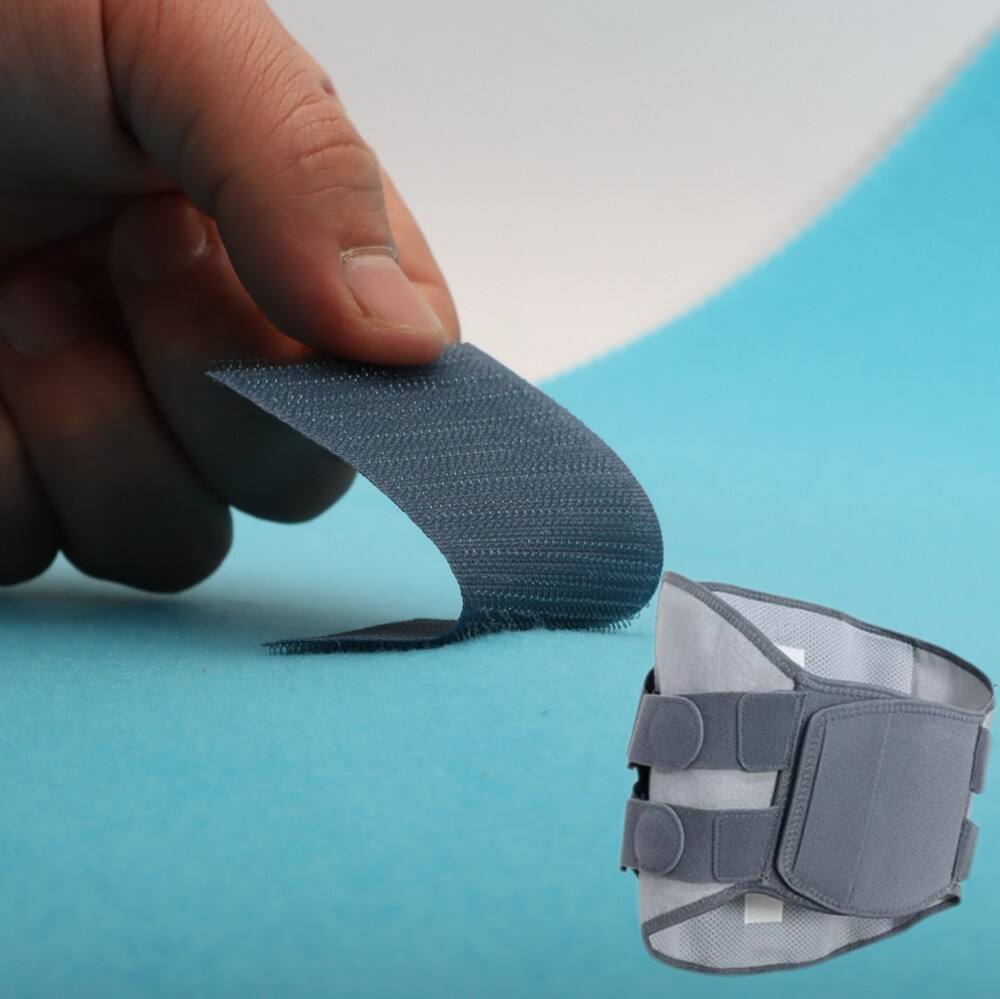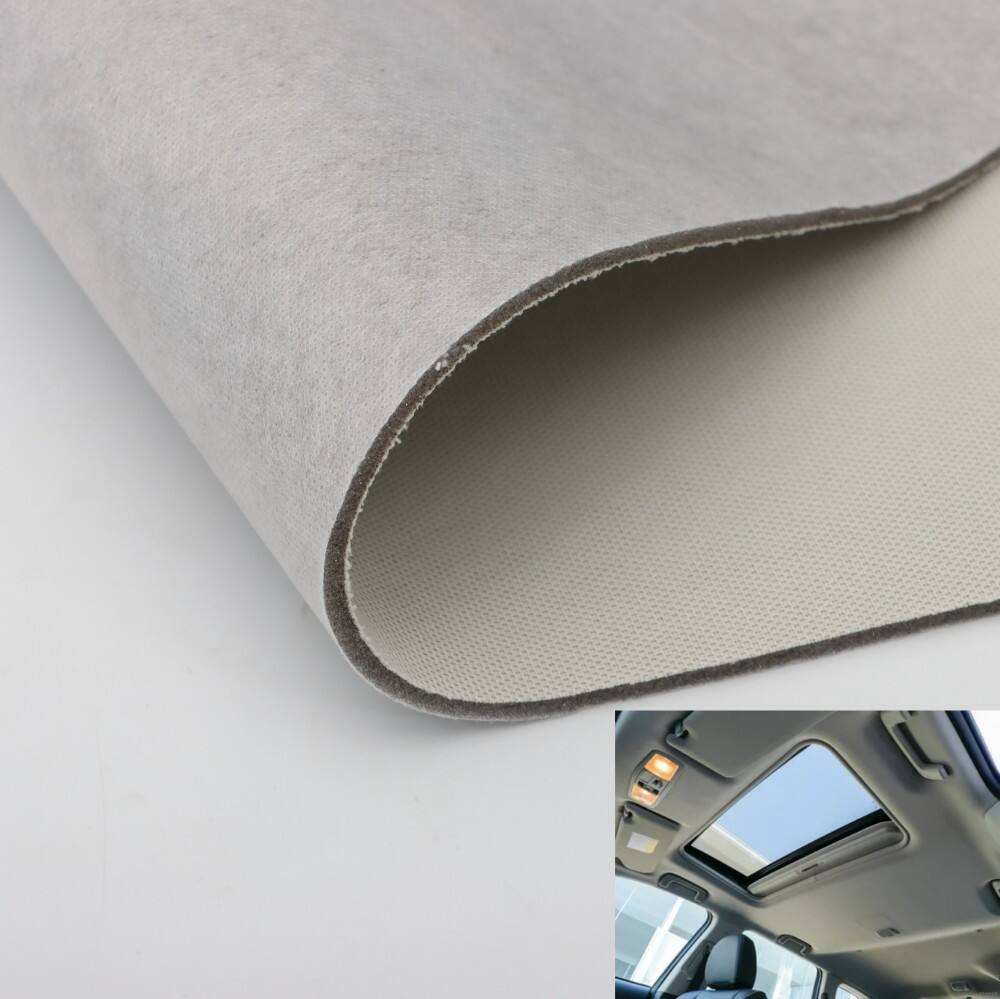Understanding the Superior Durability of Nylon-Based Fastening Systems
The remarkable durability of nylon hook and loop fastening systems has revolutionized how we think about reusable closures in both industrial and consumer applications. This innovative fastening solution combines the strength of nylon fibers with an ingeniously simple mechanical design that allows for thousands of secure attachments and detachments. When paired with OK fabric, these fasteners demonstrate exceptional longevity and maintain their gripping power through extensive use cycles.
Modern manufacturing techniques have elevated nylon hook and loop systems to new heights of performance, making them indispensable in countless applications where reliable, repeatable fastening is essential. The secret lies not just in the materials used, but in the precise engineering of both components to work in perfect harmony.
The Science Behind Nylon Hook and Loop Construction
Material Composition and Engineering
The foundation of durable nylon hook and loop fasteners begins with high-grade nylon polymers. These materials are carefully selected for their molecular structure, which provides both flexibility and strength. The nylon filaments are engineered to specific diameters and shapes, ensuring optimal performance under repeated use conditions.
Advanced manufacturing processes transform these raw materials into precisely formed hooks on one side and intricately woven loops on the other. The hooks are thermally formed to maintain their shape while remaining flexible enough to prevent breakage. Meanwhile, the loop side features densely constructed pile surfaces that maximize engagement opportunities.
Structural Integrity Features
The backing material plays a crucial role in the system's durability. Multiple layers are bonded together using heat-setting techniques that create an inseparable bond. This prevents delamination even under heavy stress conditions. The base fabric is reinforced to resist stretching and maintain dimensional stability throughout its service life.
Each hook is anchored deeply into the backing material, preventing pull-out during separation. Similarly, the loops are securely woven into their substrate, creating thousands of strong attachment points that resist wear and maintain their shape after repeated use.

Performance Characteristics of OK Fabric Integration
Enhanced Gripping Mechanism
When combined with OK fabric, nylon hook and loop systems achieve superior engagement characteristics. The specialized weave pattern of OK fabric creates an optimal surface for hook engagement, allowing for maximum gripping strength while maintaining easy separation when needed. This balanced performance is key to the system's reusability.
The integration also results in reduced wear on the hooks themselves, as the OK fabric's structure guides them into position without causing excessive stress or deformation. This mechanical sympathy between components extends the overall system lifespan significantly.
Wear Resistance Properties
OK fabric's unique construction provides exceptional resistance to crushing and matting, common issues that can affect traditional loop materials. The engineered fiber orientation helps the loops spring back to their original position after compression, maintaining consistent performance through thousands of cycles.
The material combination also demonstrates remarkable resistance to environmental factors such as moisture, temperature variations, and UV exposure. This environmental stability ensures reliable performance across a wide range of operating conditions.
Practical Applications and Longevity
Industrial Usage Scenarios
In industrial applications, nylon hook and loop with OK fabric excels in situations requiring frequent access and secure closure. Manufacturing environments utilize these fasteners for equipment covers, protective gear, and assembly line components where traditional fasteners would wear out quickly or prove impractical.
The automotive industry has embraced this technology for interior components and maintenance access panels, where the combination of strength and reusability provides significant advantages over conventional fastening methods. The system's ability to maintain performance under vibration and temperature cycling makes it particularly valuable in these applications.
Consumer Product Applications
Consumer products benefit from the durability of nylon hook and loop systems in countless ways. From footwear to luggage, these fasteners provide reliable closure while withstanding daily wear and tear. The integration of OK fabric has made these systems even more attractive to product designers seeking long-lasting solutions.
The fashion industry has found innovative uses for these fasteners, particularly in adaptive clothing and accessories where frequent adjustment is necessary. The material's ability to maintain its appearance and performance through numerous washing cycles has made it a preferred choice for these applications.
Maintenance and Optimization
Cleaning and Care Procedures
Proper maintenance significantly extends the lifespan of nylon hook and loop fasteners. Regular cleaning removes accumulated debris that can reduce engagement effectiveness. Simple brushing or compressed air cleaning can restore optimal performance in most cases.
For more thorough cleaning, mild soap solutions can be used without compromising the material's integrity. The nylon construction allows for complete drying without degradation, while the OK fabric maintains its structural properties even after repeated washing cycles.
Performance Optimization Techniques
To maximize durability, users should follow specific engagement techniques. Proper alignment during closure ensures even distribution of forces and prevents localized wear. Additionally, using appropriate pressure during engagement helps maintain the structural integrity of both components.
Regular inspection of the fastening surfaces can identify potential issues before they affect performance. Early intervention, such as removing snags or replacing heavily worn sections, can significantly extend the system's useful life.
Frequently Asked Questions
How long can nylon hook and loop fasteners typically last?
With proper care and usage, nylon hook and loop fasteners can maintain effective performance through thousands of cycles, often lasting several years in regular use applications. The actual lifespan depends on factors such as usage frequency, environmental conditions, and maintenance practices.
Can these fasteners be exposed to water without damage?
Nylon hook and loop fasteners with OK fabric are highly resistant to water exposure. The materials naturally resist moisture absorption and maintain their structural integrity even after repeated wetting and drying cycles, though proper drying is recommended for optimal performance.
What makes OK fabric superior to standard loop materials?
OK fabric's engineered construction provides better loop resilience, superior wear resistance, and more consistent engagement properties compared to standard materials. Its specialized weave pattern optimizes hook interaction while minimizing material fatigue, resulting in extended service life.
How should nylon hook and loop fasteners be stored when not in use?
For maximum longevity, store these fasteners in a clean, dry environment with the components either separated or lightly engaged. Avoid storing under heavy compression or in direct sunlight, and keep them away from extreme temperatures and humidity levels.







